Los Cabos 2018 Interview: Director Andrés Kaiser on Religion, Found Footage and FERAL
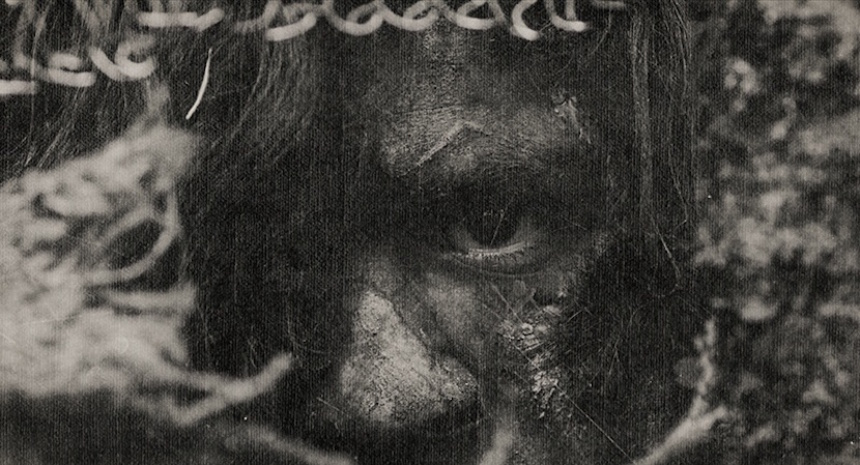
After having its world premiere at Fantastic Fest, Feral is celebrating its Mexican premiere in November as part of the 2018 edition of the Los Cabos International Film Festival.
Directed by Andrés Kaiser, Feral mixes the (fake) documentary and found footage formats to delve into a tragedy that took place in the late 1980s. It officially ended with several unanswered issues, the central questions being: who exactly were the man and the three infants who perished due to a fire that broke out in their house located in a wooded area of Oaxaca, Mexico? And what was the cause of the catastrophe?
Kaiser presents his film as an investigative documentary, focusing on a series of interviews with people who knew Juan Felipe de Jesús González (Hector Illanes), the man who died in the aforementioned fire. Kaiser is interested in exploring the complete background of this character, from his oppressive childhood, his experience as a monk in a peculiar monastery that in the 1960s mixed religion with psychoanalysis, and finally his time as a hermit in the middle of nowhere and his pivotal encounter with a wild child (Farid Escalante Correa), whom he decided to protect and domesticate.
To go deeper into the interesting themes of Feral, and to celebrate that it's now officially one of the films from Los Cabos’ “Mexico Primero” section, here’s our interview with director Andrés Kaiser.
Los Cabos 2018 will take place from November 7 to 11, so stay tuned for ScreenAnarchy’s full coverage!
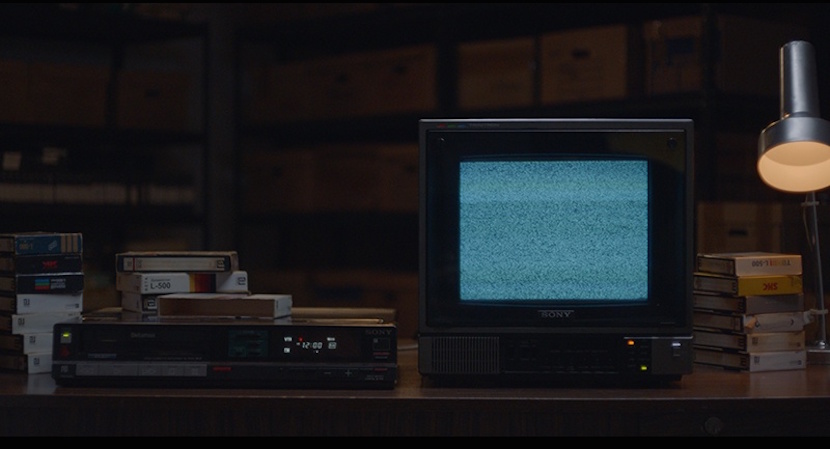
ScreenAnarchy: How did you decide to make FERAL your first film?
Andrés Kaiser: I come from editing, I'm an editor, though I always wanted to write and direct. It's a subject that interests me since childhood, I was raised Catholic, through the rite, and I always had a fascination for all that theatricality of the Catholic rite. There were doubts in my adolescence that at some point separated me from the church, but at the end of the day they are still there. To a greater or lesser extent, it is something that worries us all; the origin seemed to me a really important issue, to ask ourselves where is the origin? Is it in the conception of God or in the conception of the human being?
The other scripts I have deal with the same topic from different angles and genres. I'm passionate, it's something I had inside, I think it's part of a very personal concern that can also be universal.
I suppose that the background of the protagonist, Juan Felipe, came from there, so what was the challenge in transferring your experience to a totally fictitious character?
Totally fictional, more or less, because the convent of Santa María de la Resurrección, is a real event that happened in the sixties in Cuernavaca, Mexico, but the character isn’t.
I believe that characters are entities in which you deposit all those things that suddenly you are unable to do; they can be your projections or repositories of your deepest fears, but there’s always something of reflection, especially in the protagonists.
For me, it was to have this vision of patriarch Moses lost in the desert for 40 years, trying to find the promised land and that in the end he never finds it because God punishes him ... that image seemed very brutal, and it was taking it to contemporary Mexico, a character that seeks God through contemplation in the forest and encounters something else, something very dark, something evil, horrific. In a way, it's also an update of a character we've always seen in human mythology.
How did you approach this event that you say is real?
This happened in Cuernavaca, the issue is that it took much notoriety because the Vatican was disturbed by it. Vicente Leñero happened to be in that monastery writing his first novel, Los albañiles, so he lived all that first hand and wrote a play that inaugurates the documentary theater in Mexico, called Pueblo rechazado.
I was Vicente's student for six years in his workshop and from there I learned all that story first hand, because he was someone who had known all the monks, the archbishop, etc. Vicente was very generous and open, and from there arose one of the starting points of Feral, about this character that more or less vanishes, then it was like, “what would have happened in his quest?”
On the other hand, feral children is also something real, which has happened and is documented, albeit poorly. It also has a base as real and documented as the monastery of Santa María.
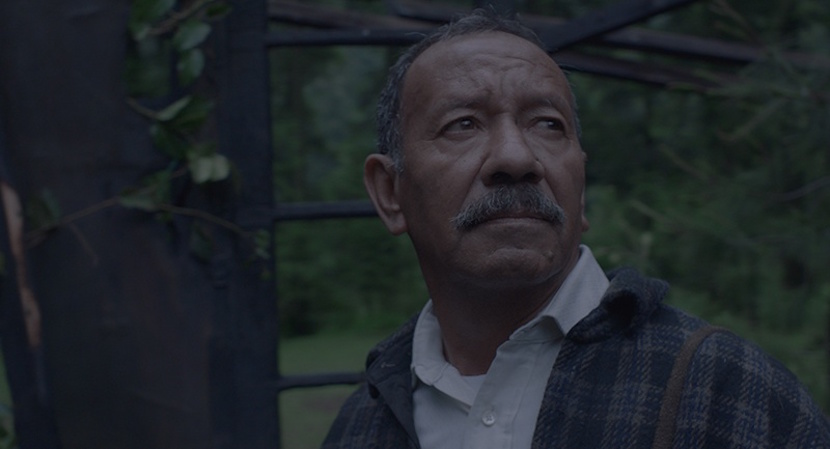
You could announce the film as found footage, and it has elements of that format, but in reality you approach it as a documentary…
The film is a mixture of many things, of concepts, of ideas, and that mixture that in my opinion worked so well and so harmoniously, how a religious concept can be linked to an evolutionary concept, also demanded, in the form, a mixture of formats.
The choice of the documentary comes because culturally, documentaries are linked to the truth, even if they are a limitation of reality, and then comes the manipulation of them through montage, the same thing that happens in fiction. But we are used to seeing a person talking to the camera and believe, because cinema is about that, to believe that what’s on the screen is alive. I realized that this was a good way to offer a hyperrealistic experience that could force the viewer to believe.
Yes, we have the found footage, which was also trying to give a break to the found footage, to not build the film entirely through found footage as it's usually done. It's difficult because it marks a temporality, I liked the idea of playing with time, of being able to jump in time, and found footage is a bit limited in that sense because it only traces a real time that is given through the camera; and documentary allows you to just expand that time, go forward, backward, project ideas of the future, ideas that could have happened but didn’t.
It's very free, so I saw these two genres, these two ways of telling stories that could be somehow blended, and enhance the story I wanted to tell. I think they ended, at least, living together.
The found footage subgenre, especially, seems to be worn out. I guess you were aware of this, so what was the challenge to bring something fresh?
Totally. The found footage lived, after The Blair Witch Project, a brutal exhaustion because there was an explosion, the resource was exhausted and people got tired.
Now, the found footage and the documentary have always been there, one turns to see the cinema of Peter Watkins in the sixties, for example a documentary about an atomic bomb in London launched by the Soviets [The War Game], which won the Oscar for Best Documentary.
The genres have always been there, I think it has to do with the cycles, of how old practices become more relevant when they are reinterpreted. The idea of found footage in the style of The Blair Witch Project comes from real found footage, when you go to the flea markets and find a Super 8 of families; the footage found, that should not tie you to any emotion because it's not yours, nor is it your family, but suddenly you see the images and it seems that you know these people or that you would like to know them, there’s a kind of nostalgia and mystery in that material.
The found footage, reworked with 8mm material or VHS in an authorial way, is also having a revival. I think it’s cyclical, so I don’t know how long it will last, but I think there’s still a lot of life in everything. The cycles come, there's reinterpretation, and in music and literature is also a natural journey.
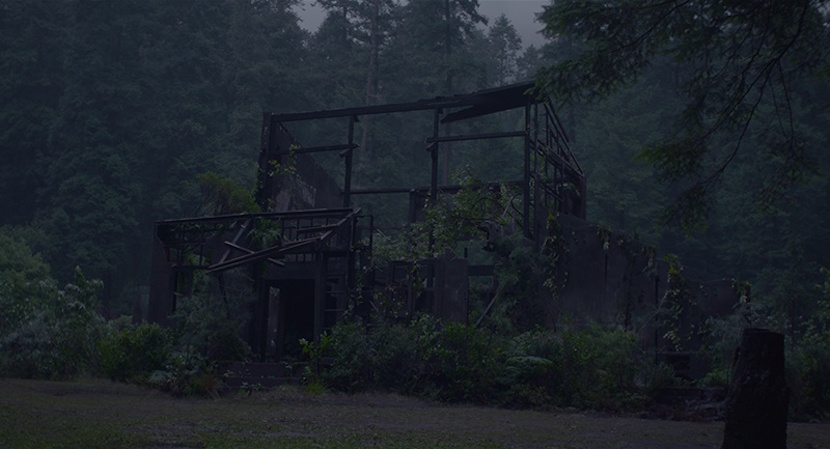
Now that you mention THE BLAIR WITCH PROJECT, one of its predecessors is, certainly, the great CANNIBAL HOLOCAUST. I think that people always expect, from found footage, something that will shock them, something confusing, disconcerting, but FERAL doesn’t go to that direction; it’s more a character study, it shows the development of how the protagonist coexists with the feral children. So you use the found footage but not for the shock…
Within the wide range of genre and horror films, there are many points of view. I had two clear things: I didn't want to make a film about supernatural themes, because when one accepts the existence of the Devil, one accepts the existence of Christ, then is like, “they are making Christian cinema, propaganda." I wanted to make a film of the real horror, of a horror that could happen, that had to do with the internal ghosts more than with the external ghosts.
On the other hand, I wanted to show that horror not in an imposing or violent way for the viewer, but to be seductive as much as possible. And that seduction will turn into discomfort. That was the kind of horror I wanted to reach, because eventually the approach of a horrible idea lasts more than just a strong pictorial scene. We live on ideas, for me it was important to be able to intellectualize that and give a concept and make it the real horror.
In the sense that the ideas last longer, I was very interested in what emerges with the inhabitants of the nearest town, a horror that feels current: lynchings, the witch hunt, this Mexico where there’s a lot of ignorance. It reminded me of CANOA: A SHAMEFUL MEMORY by Felipe Cazals, which is also presented at times as a documentary. Was it an influence?
Yes, it’s an influence, without a doubt. It’s one of the best Mexican films, a gem, and certainly one of the best of world cinema as well; I’m an admirer of Cazals’ work. Canoa: A Shameful Memory always caught my attention because it's the typical horror setting: some boys in a village, in a cabin, and suddenly things go awry. How many times have we seen that same synopsis in horror movies? However, it’s not 100% that, it also manages to overcome the rigidity of the genre to be something more and have a comment on reality and a social discourse that today remains current despite the fact that so much time has passed. It was undoubtedly a conceptual influence, a formal influence, and one that fitted very well into the ideas that Feral wanted to raise.
These relevant issues that you manage to touch, for example the Mexico that can be influenced by religion or when the background of the protagonist’s friend and the crucifixion of his father is mentioned. Where did all of this came from?
They are true stories, in particular that story that Eustaquio (José Luis González Sánchez) tells of his father is someting that happened relatively recently, I think in the State of Mexico. I had access to the chronicle of that lynching, thanks to Vicente, and it was brutal. It seemed a chronicle of the medieval times, of the colonial times, and it happened in the 21st century.
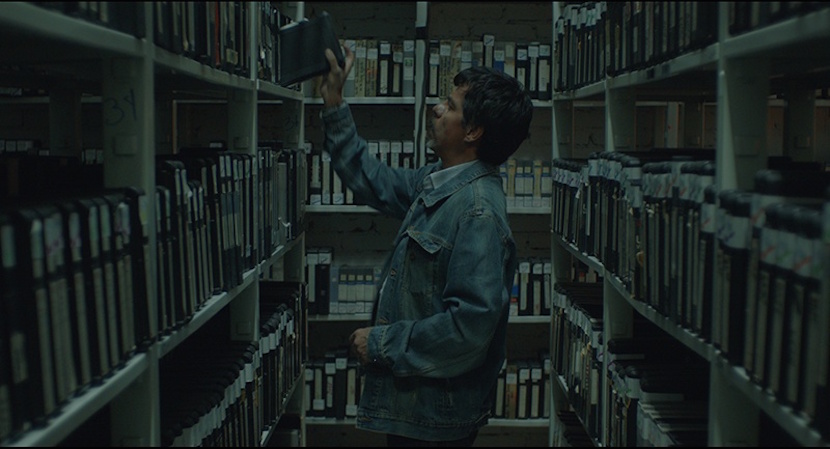
It's something that continues to happen in contemporary Mexico for many reasons, for the abandonment of the State, because it does not provide justice, for the ignorance of certain towns, for the rigidity of the church… it's a multiple fault that creates this breeding ground for these horrifying experiences, which are unfortunately still current, both at the time of the release of Canoa: A Shameful Memory and nowadays. It's an interesting question, how much has Mexico changed? The lynchings could be a good indication of where we stand as a society.
This external horror is mixed with the internal, the protagonist becomes almost crazy, he feels bad because he can’t help the children and, at the same time, he wants to evangelize them, and as they say in the end, isolation can’t lead you to something good. What can you say about this confrontation at the climax when you put together the external horror of society with the protagonist's inner one?
All comes from a key question, where’s the horror? John Carpenter asks that question and answers it in two ways: the horror is out there and the horror is inside.The film allowed itself to come and go, from the external to the internal threat, which is more horrifying?
No doubt the protagonist awakes a terrible horror, reinterpreting religious concepts, rare, crazy, and at the same time the external happens. The thing was to achieve a balance between the two because it’s difficult to live in a world with absolute truths; Carpenter's question, I think, can't be answered, where does horror live? In or out?
Perhaps neither one nor the other, it’s an answer that deserves more reflection and balance. It was a job that had to do with the construction of the script and later in the editing room, to reach that balance, that the film was not imposing in a conceptual sense of saying, "this is the truth”, and instead be a little more open and allow you to have more interpretations as a spectator.
To be your first film, you take several risks. There's the cliché that you shouldn't work with children or the same thing about you taking a worn-out subgenre and giving it a spin. What does this experience leave you?
A lot of learning. It's one thing to have the conception of making a film and another thing is to really live the experience. It’s a very big monster, there are many mechanisms, many collaborators that one has to choose, inspire, and trust them.
The risk is not a suicidal feeling that comes to you, you also have to have some security in that bet. Same with children, it's complicated, but they were part of the essence, if you took that away, something of the movie was mutilated.
Maybe I'm not so aware of the risks that the film took because you don’t think so much, you just feel it and go forward. At the end of the day, you have to bet and to bet you have to be well supported because it's more difficult alone. Being well accompanied gives you the luxury of being able to risk. That would be the reflection.






